1. What is alkaline water? How to identify alum contaminated water?
Alum-contaminated water is characterized by a cloudy yellow color, a fishy odor, and a slightly acidic taste when consumed. After about 10 to 15 minutes of contamination, the water will exhibit a precipitation phenomenon, with a layer of scum floating on the surface and turning brick yellow.

In addition, other water quality indicators such as water hardness may exceed the allowable level.
If the water has a mild sour taste, low pH, scum floating on the surface, and causes clothes to turn yellow when washed, it is contaminated with alum. Heavily contaminated water will have an extremely unpleasant fishy odor.
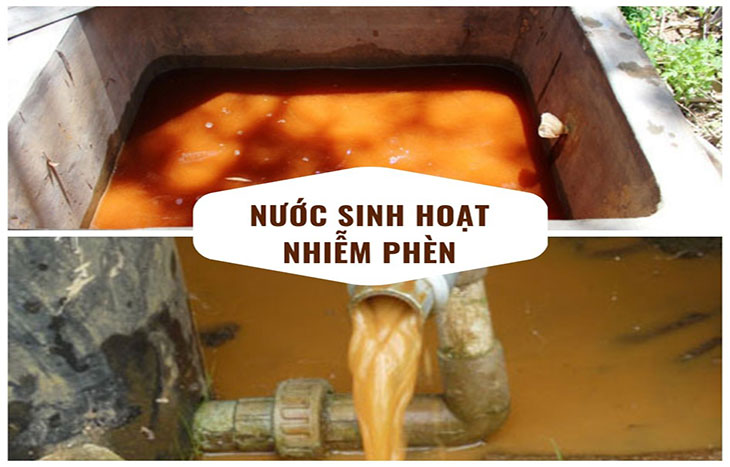
2. Causes of water contaminated with alum
There are several common causes of alum contamination in water:
- Soil characteristics caused by acid sulphate, particularly in lowland areas. Iron pipes will also corrode and rust faster when exposed to water contaminated with alum over time.
- Water pollution, which can lead to reduced water quality and contamination with toxic substances such as ammonium, arsenic, nitrite, H2S, lead, etc., posing risks to human health.
- An increase in sulfate anion content in water, as alum is composed of sulfate anions (SO4-2) and metal cations with different valences. A high content of sulfate anions can lead to water contamination with alum.
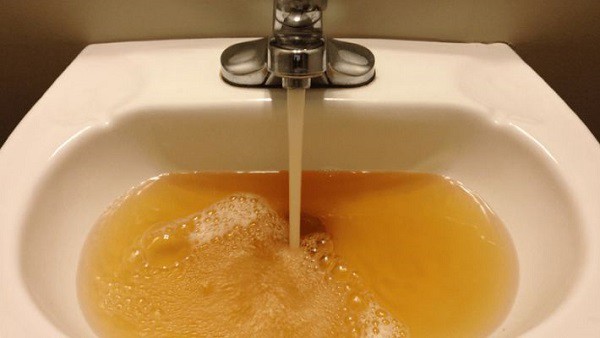
3. Effects of alkaline water on health
Consuming untreated alum water can result in various dangerous diseases, such as:
- Hepatitis A, leading to nausea, jaundice, fever, diarrhea, and acute liver failure in severe cases.
- Typhoid, causing fever, abdominal pain, rash, and headache.
- Dysentery, resulting in severe diarrhea, fever, and abdominal pain.
- Cholera, causing diarrhea, severe dehydration, fever, abdominal pain, and vomiting.
- Other health problems, including inflammation, flaking skin, dry hair, and yellowing teeth.

Using well water for an extended period can increase the risk of chronic diseases, including cancer, due to the presence of other harmful substances, such as bacteria and toxic heavy metals like arsenic, mercury, nitrates, and sulfates.

4. Other harmful effects of alkaline water on daily life
In addition to the health effects, alum contaminated water also has other harmful impacts on daily life:
- Clothes washed with alum-contaminated water will become dull, develop yellow stains, and wear out faster.
- Alum-contaminated water leads to scale, rust, corrosion, and yellowing of tools and containers, especially metal ones.
- Alum-contaminated water can negatively affect the taste and color of food.
- When alum-contaminated water comes into contact with plants, it can attract pests and harm the plants, particularly crops.
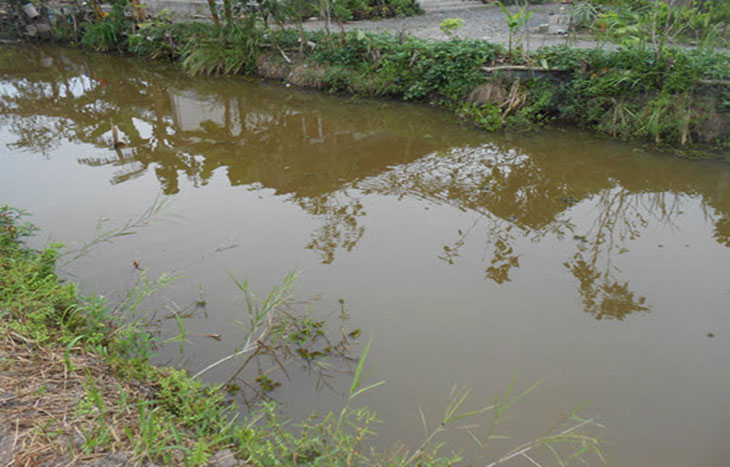
5. Most effective ways to treat alkaline water
To address the harmful effects of alum-contaminated water, the following suggestions for effective water treatment can be considered:
Use kitchen ash
Kitchen ash serves as a readily available and effective water filter material. By adding about 5 to 10 grams of kitchen ash to a basin of alum-contaminated water and waiting for 15-20 minutes, the chemical reaction between the ingredients in the kitchen ash and the alum water will remove insoluble iron compounds, rendering the water clean and safe to use. The clean water can be easily separated from the settled kitchen ash and harmful substances and used immediately.
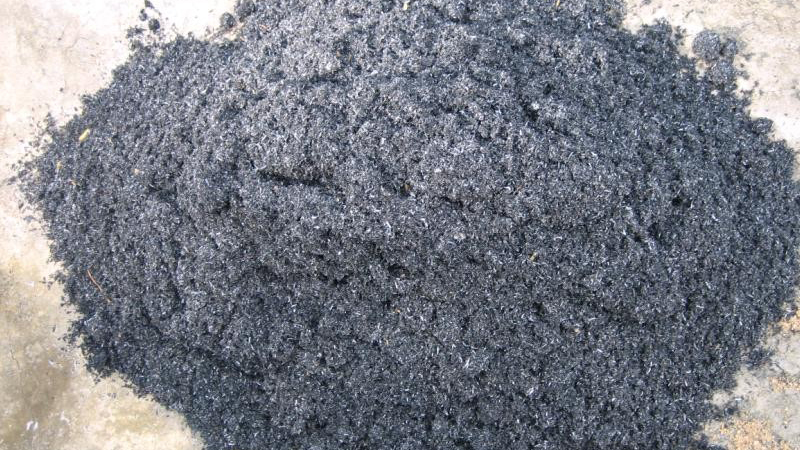
Remove alum with lime
Similar to using kitchen ash, adding lime to the water and waiting for 15-20 minutes will trigger a chemical reaction that reduces the iron content present in the water, resulting in non-alum water that is safe for consumption. This method is widely used due to its simplicity and convenience.

Water treatment with alum
The water treatment process with alum involves the following steps:
- Step 1: Dissolve 1g of alum in approximately 20 liters of water.
- Step 2: Scoop a ladle of water and slowly dissolve the equivalent amount of alum in the water. Stir well before adding the mixture to a container of water.
- Step 3: Allow the alum to dissolve in the water for about 30 minutes, allowing any sediment to settle at the bottom.
- Step 4: Decant the de-alum water from the settled sediment for use.
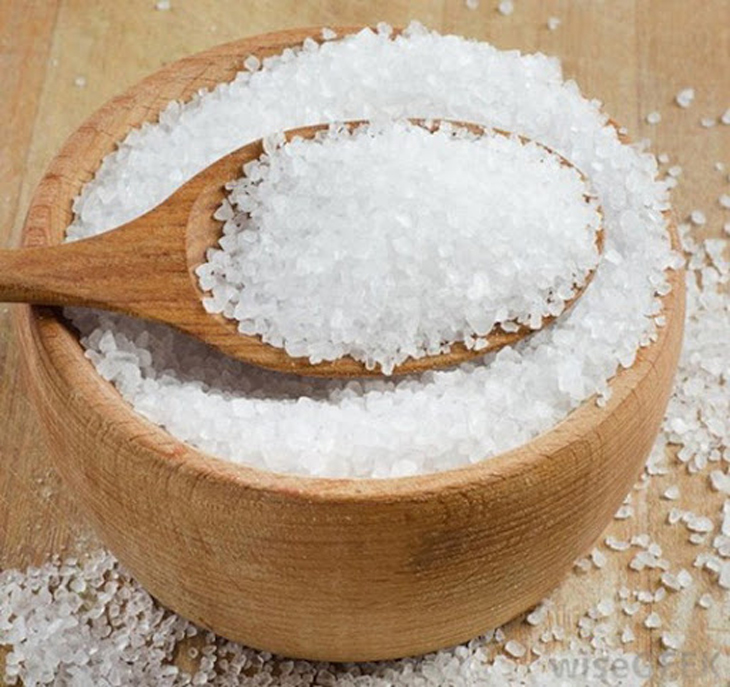
Build a home water filter
Many individuals opt to set up a water filter system for their homes. This method requires some technicality and may require reference to credible information sources or the assistance of experienced individuals in designing and constructing a suitable water filter tank for the family. While this approach may involve additional costs, space, and effort, it provides long-term benefits and assurance of de-alum water.
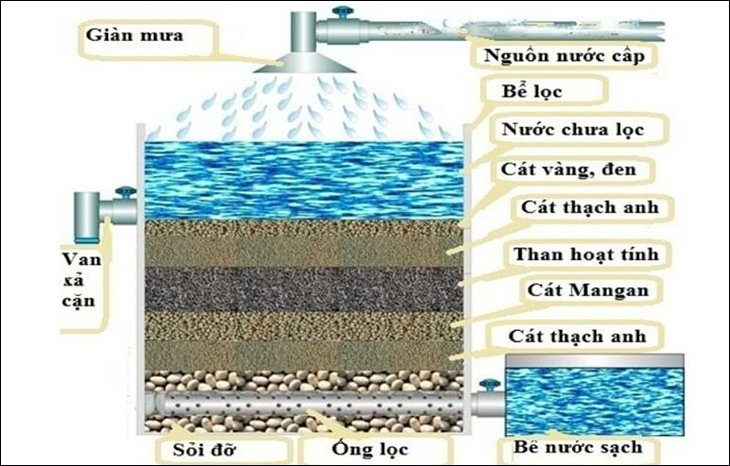
Using water filter devices
In the present technological era, installing and utilizing a water filtration system is highly recommended. It offers convenience and provides clean water for daily life and production, regardless of weather conditions. With advanced technologies, compact design, and high efficiency, water purifier products offered by reputable brands, such as those available at Dien May Xanh, ensure effective and safe water filtration for households.
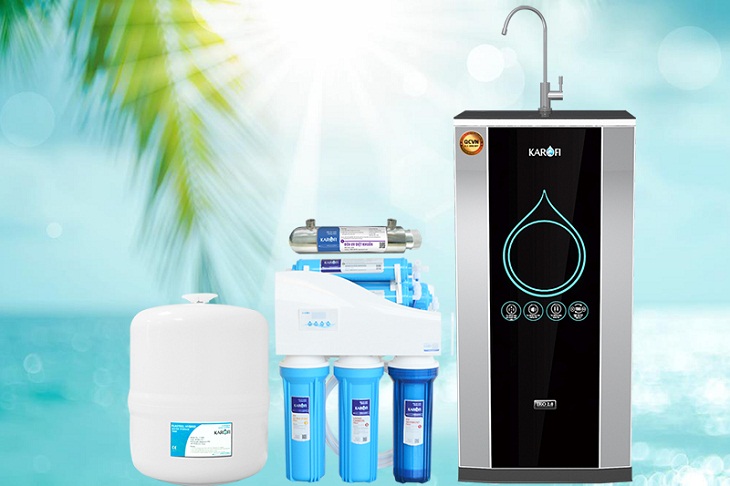
In conclusion, choose and apply a suitable method for treating alum-contaminated water to ensure the safety of your health. If you have any further questions, please leave a comment below for us to address.






































